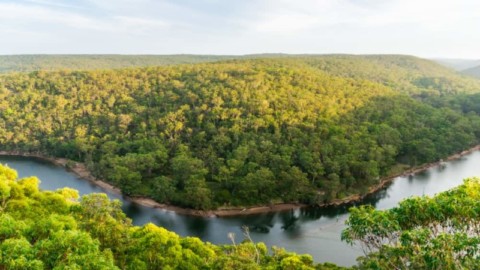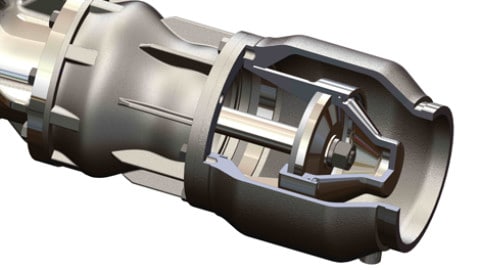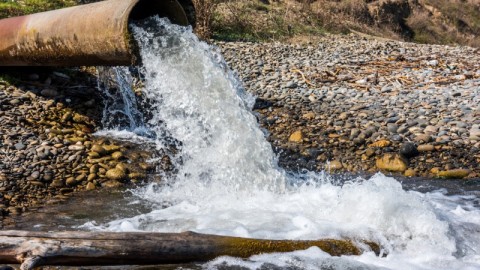Tasmania’s Longford Sewage Treatment Plant will soon receive a much needed upgrade with TasWater awarding a design and construct contract to a water and wastewater treatment technology and equipment company.
Aquatec Maxcon was awarded the contract, with the innovative plant design expected to improve sustainability and odour control.
TasWater Project Manager, Rennie Brown, said TasWater took a forward-thinking approach on the project by involving contractors early in the process.
“This has resulted in an innovative plant design, the first of its kind for Tasmania, and we look forward to working with Aquatec Maxcon to see it completed,” Mr Brown said.
The new plant will use a technology called Nereda, which processes sewage and other wastewater products more efficiently compared with more conventional treatment methods.
Nereda technology not only has capital cost savings but also improves overall carbon footprint with significant reductions in power usage and operating costs.
It is a sustainable alternative to activated sludge processes and is gaining increasing worldwide attention in the water industry.
“The innovative process incorporates a granular biological substrate used to remove contaminants, with improved nutrient removal. This allows smaller treatment tanks, is more energy efficient and provides increased flexibility to manage different strengths of wastewater,” Mr Brown said.
“Wastewater at Longford is a mixture of domestic and trade waste and is varied in strength so this technology provides a robust system to respond to the incoming loads.”
Upgrading the Longford Sewage Treatment Plant will significantly improve the quality of effluent discharge and better manage sewage odours that have previously affected the town.
“Parts of the new plant will be fully enclosed and have a two-stage odour control system incorporated to remove odours before air is extracted,” Mr Brown said.
“This will help us meet our commitment to the community to reduce odours coming from the sewage treatment plant.
“We have made significant improvements recently to reduce sewage odour in the town but it is possible some odour may be noticed at times until the new plant is commissioned.”
Mr Brown said the plant design also meant it could be easily upgraded later to increase capacity if required.
“The plant will have a slightly smaller footprint, so can be built within our existing site, but will allow flexibility for future growth.”
Detailed design work is currently underway and TasWater will advise residents before starting construction which will occur once sufficient design is complete and all approvals secured.


















